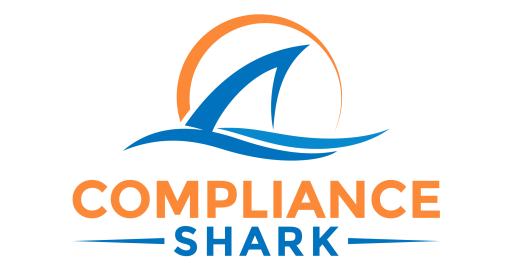Your Linen Program is bloated.
Hey there, it's Greg again.
I’ve spent years helping hospitals fix linen programs that were too expensive, too complex, and way too frustrating. And I’ve noticed one pattern again and again: everyone wants something different.
One department wants a patient gown with metal snaps. Another prefers a towel in a specific shade of blue. Before you know it, you’ve got 50 different Stock Keeping Units (SKUs) floating through your facility, and your linen program starts to feel like a complicated jigsaw puzzle.
But here’s the truth: having tons of variety in healthcare linen — and therefore more SKUs — doesn't mean better care. In fact, too many SKUs can lead to higher costs, more errors, and slower service.
I cover how creating a Linen Task Force to reduce utilization can optimize any linen program in my book “Linen Saves Lives: How Linen Compliance Can Prevent Infection, Improve Patient Safety, and Maximize Profits.” And today, we’re going to break down why reducing SKUs might be one of the smartest sustainability, efficiency, and infection prevention decisions your hospital can make.
The Hidden Costs of Complexity
Imagine your laundry team (those unsung heroes we met in the last newsletter) trying to sort 50 different types of linen every day. That means more time, more decisions, and more opportunities for mistakes.
Soil Sorting: The more SKUs you have, the more complex your sort line becomes. It slows down throughput and increases labor costs.
Wash Loads: With too many variations, it’s harder to build full loads of similar items — so you use more water, energy, and chemicals per pound of linen.
Clean Side Logistics: Every extra SKU needs its own shelf, tracking process, and delivery plan. And one wrong move means a hospital receives the wrong product, causing confusion, frustration, and in some cases, care delays.
Let me put it simply: more SKUs = more headaches.
Quality Also Suffers When SKUs Get Out of Control
In a perfect world, every linen item would be sorted and delivered correctly. But we’re not living in a perfect world — we’re relying on hardworking people to make split-second decisions. And when there are too many SKUs, those decisions get harder.
I’ve seen hospitals receive the wrong size gowns, incorrect scrubs, or towels that don’t match their needs. And in the worst cases, SKU confusion can lead to delays in care or the wrong type of linen being used in sensitive clinical areas — increasing the risk of cross-contamination and undermining infection prevention efforts.
Not only do these inconveniences disrupt care, but they’re 100% preventable.
When you reduce SKUs, you simplify the process, reduce errors, and improve quality. That’s a win for nursing, laundry, and — most importantly — patients.
Where to Start Simplifying
You don’t have to overhaul your entire inventory overnight. But there are a few easy wins:
Towels and Washcloths: Choose one standard of each. You will rarely need those intermediate sizes, trust me. So that just creates waste and makes the system more complicated.
Patient Gowns: Sort of the same idea here — patient gowns aren’t about fashion and don’t need to be perfectly fitted. You can easily get away with three standard sizes that will comfortably cover most patients: XL, 5XL, and 10XL. Also, choose gown styles that can be used across departments to simplify stocking and save space.
Scrubs: Standardize colors and styles to reduce chaos in ordering and distribution.
For example, consider one large health system in the Midwest that worked with a distributor to analyze its supply logistics — it managed to nearly halve the amount of SKUs in its program. This step, along with other logistical tightening of the supply chain, led to around 18% in annual savings.
It’s also important to have nursing and laundry staff on the same page. When both teams work together, you can reduce SKUs without compromising patient care, and you’ll be amazed at the savings and improvements.
Final Thought
I talk about the steps to take to successfully manage your linen program in my book. And reducing SKUs and linen utilization are some of the most effective starting points.
Less inventory means fewer errors and better efficiency. And yes — lower costs.
Want a copy of the book? Just reply to this email with and I’ll send you a link. Check out what Sarah Brobeck, the president and CEO of the Association for Linen Management (ALM), had to say after a read:
"Gregory Gicewicz masterfully connects linen compliance to patient safety and financial success. Linen Saves Lives is a game-changer for healthcare linen professionals, providing a roadmap to achieving both operational excellence and infection prevention."
And if you’re looking to streamline your linen program and cut through the complexity, I’ve helped dozens of hospitals do exactly that. Let’s talk. I’d be happy to walk you through the steps.
Until next time,
Greg


